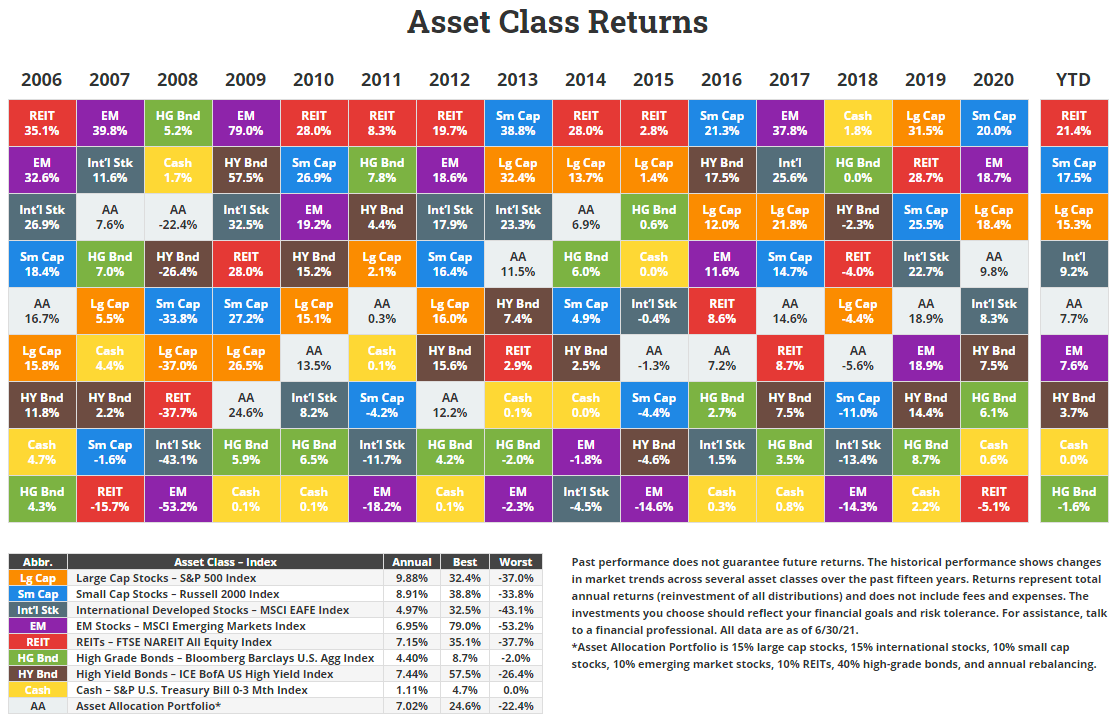

Diversification in these traditional funds has come from combining sectors, or geographies that will perform differently according to the prevailing economic cycle.

As a result, a large company will get a larger weighting, even if other pointers dictate that it may be overvalued. Traditional equity funds typically allocate money to companies based on their market capitalisation. “ It’s a way to be fully exposed to equities with the objective to reduce the risk that is going to cut into the performance,” explains Bruno Taillardat, Global Head of Smart Beta and Factor Investing at Amundi, a French asset management firm with more than €1.59 trillion under management. It found all of the Smart Beta exposures provided a better risk-adjusted return. The Cass Business School carriedout a study comparing how non cap-weighted strategies would have performed compared with traditional index weighted ones from 1968 to 2011. According to figures from Morningstar, assets under management in Smart Beta funds are on track to hit $1 trillion by the end of this year.įor investors, research has shown clear benefits. A lot of it is people moving from actively managed funds and traditional passive approaches and we see no let-up in the assets that are flowing towards this,” says Nick Motson, Associate Dean, MSC program, Cass Business School.

It’s now a firmly established investment strategy, poised for further growth as it meets investors’ new expectations in terms of risk management. Smart Beta and Factor Investing solutions were able to bridge this divide, providing enhanced long-term potential performance by focusing on managing risk. Interest in the investment approach was initially triggered by the difficulty investors were having in finding performance through traditional management based on the expected return from equities, mainly because of market shocks over the last decade. The performance of the I Fund is evaluated on the basis of how closely its returns match those of the EAFE Index.A step further in risk management with Smart Beta and Factor InvestingĪssets in Smart Beta funds are at an all-time high, showing compound average growth of more than 30 percent over the past five years, as investors seek new ways of managing risk and enhancing their portfolios’ performance. The I Fund holds common stocks of all the companies represented in the EAFE Index in virtually the same weights that they have in the index. The FRTIB’s Executive Director currently allocates the selection, purchase, investment, and management of assets contained in the I Fund to BlackRock Institutional Trust Company, N.A. As of December 31, 2017, the index covered the equity markets of 21 countries, as shown in the table. It is the most widely used international stock index.

The EAFE Index, published by MSCI, is an index of the equity markets of the developed world outside of the United States and Canada. The Federal Retirement Thrift Investment Board has chosen as its benchmark the MSCI EAFE (Europe, Australasia, Far East) Index, which tracks the overall performance of the major companies and industries in the European, Australian, and Asian stock markets. By law, the I Fund must be invested in a portfolio designed to track the performance of an index of common stocks representing international stock markets outside of the United States.


 0 kommentar(er)
0 kommentar(er)
